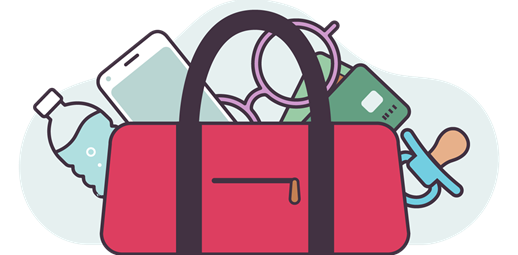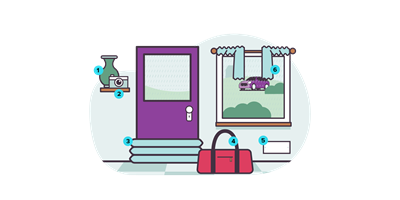
Having the right kit is essential in an emergency. To help you get prepared, here are some pointers on what to have ready in your home, on the move and in your car.
Recommended Supplies to Include in a Basic Kit[1]:
Emergency home kit
- A list of emergency contact numbers, including your insurance claims number. This should be a paper copy, in case your mobile phone loses power.
- A battery-operated torch and spare batteries, or a wind-up torch.
- Battery-operated radio and spare batteries, or a wind-up radio.
- Any essential medication and a first aid kit.
- Three days’ supply of bottled water and ready-to-eat food that won’t go off.
- Copies of important documents, such as insurance policies and birth certificates. Keep these in a waterproof bag.
- Pencil, paper, penknife and whistle.
- Spare keys to your home and car.
- Spare glasses or contact lenses.
- Baby and pet supplies if needed.
Emergency kit on the move
- Check the weather forecast and pack suitable clothes.
- Ready-to-eat food, a warm drink in a flask and bottled water.
- Mobile phone and charger.
- Any essential medication.
- Spare glasses or contact lenses.
- Cash and credit cards.
- A list of emergency contact numbers. This should be a paper copy, in case your mobile phone loses power.
- Baby and pet supplies if needed.
Emergency car kit
- Ice scraper and de-icer.
- Snow shovel.
- A map in case you need to find your way around diversions.
- Blanket and warm clothes.
- First aid kit.
- Battery-operated torch and spare batteries, or a wind-up torch.
- Battery-operated radio and spare batteries, or a wind-up radio.
- Jump leads.
[1] https://www.ready.gov/sites/default/files/2021-02/ready_checklist.pdf


